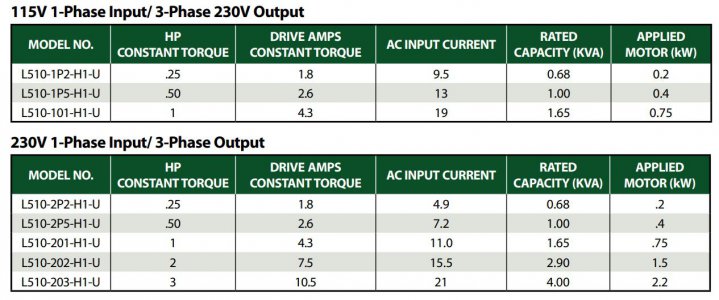If you have a unused dryer outlet, or one you're willing to unuse for a time, you can build an extension cord to do it. I did that when I was renting. We had a gas dryer at the time, so it was really easy.
Most homes run the lights and outlets on the same circuit for the room. 19A for the mill will likely trip the breaker if you have anything at all drawing power on that circuit. Another option is a large extension cord, rated for the current of course, to run the mill on a different circuit. For 19A, 12AWG should be fine. Just don't try it with the el-cheapo 18AWG extension cords from the dollar store!

If the breaker box is accessible, that's another possible way..... It's possible to make any changes reversible so you aren't modifying the property. The landlord might require an electrician to do the work though. If I were to do that, I would run an outdoor enclosure with an outlet and use an extension cord.
The cords I made were 110V 10AWG cords I cut the ends off of and wired 220V ends on to. No neutral, so no 110V loads. But most 220V stuff doesn't need it.



 . Also not that appealing to have to open a window in the winter here! The only 220V circuit besides the interior one for the dryer is an external one for the central air unit, but it's run directly off the meter with a single breaker for the unit, so I can't really modify that. I know how to pull a meter to shut off the power but I've heard the power company gets cranky when you do that
. Also not that appealing to have to open a window in the winter here! The only 220V circuit besides the interior one for the dryer is an external one for the central air unit, but it's run directly off the meter with a single breaker for the unit, so I can't really modify that. I know how to pull a meter to shut off the power but I've heard the power company gets cranky when you do that